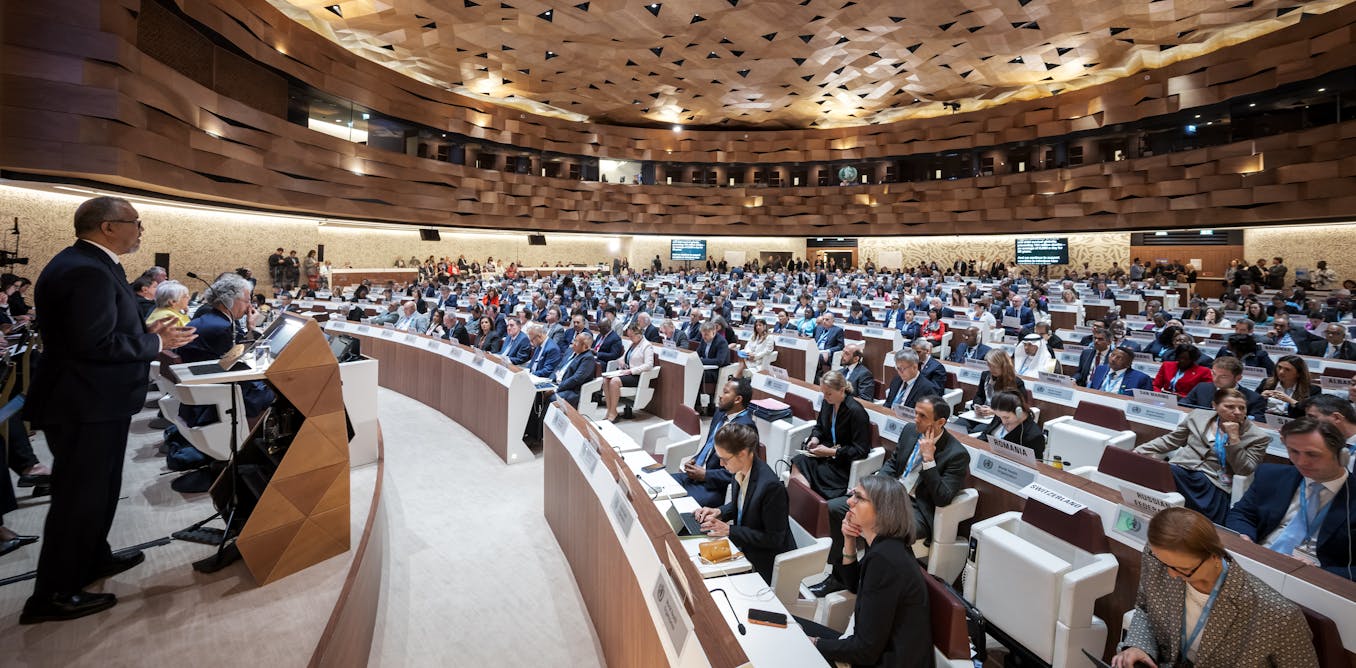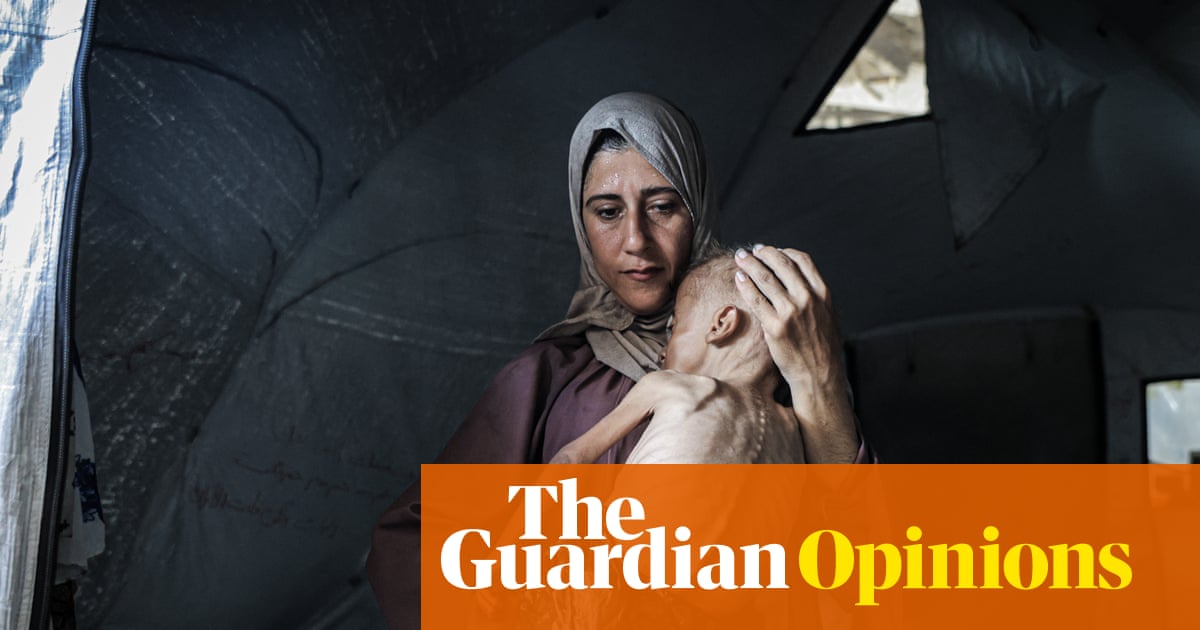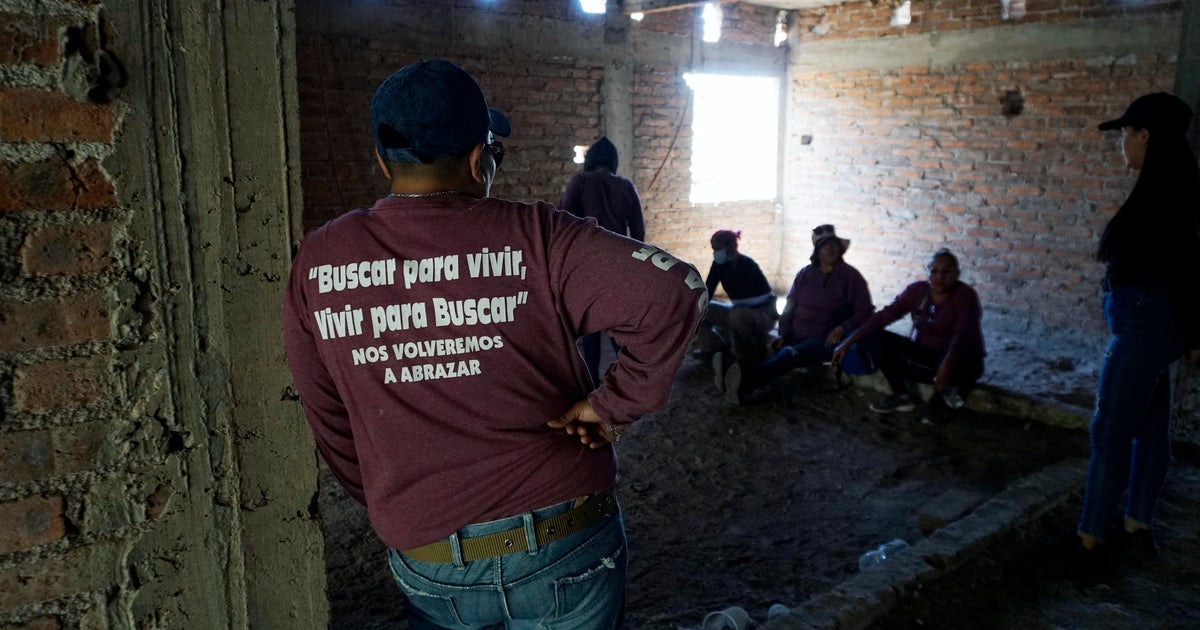Historic Pandemic Agreement Adopted by WHO, but U.S. Remains Absent

On March 20, 2025, members of the World Health Organization (WHO) made a landmark decision by adopting the world's first dedicated pandemic agreement. This momentous occasion followed three years of rigorous negotiations initiated by various governments, responding to the catastrophic impacts brought forth by the COVID-19 pandemic. However, it is noteworthy that the United States was not involved in this significant accord, primarily due to its ongoing intention to withdraw from the WHO.
Global health experts are celebrating this agreement as a pivotal turning point in the realm of international health policy.
The core question raised is: what does this agreement entail for the global community, and how can it enhance safety and preparedness for future pandemics?
The Conversation reached out to Nicole Hassoun, a renowned professor at Binghamton University and the executive director of Global Health Impact, to shed light on the implications of the pandemic accord, its potential for advancing global health, and the significance of the U.S.'s absence from these negotiations.
What Will the Pandemic Agreement Accomplish?
The newly established accord is designed to strengthen pandemic readiness both within individual nations and on a global scale. Countries that commit to this agreement are making a promise to enhance their disease surveillance systems, expand their healthcare workforce, fortify regulatory frameworks, and invest substantially in research and development.
This agreement encourages nations to improve health regulations and infrastructure, foster better communication with the public regarding pandemic risks, and increase funding for both preparedness and response initiatives. A crucial aspect of the agreement is the introduction of new mechanisms aimed at the production and distribution of vaccines and other vital countermeasures.
Furthermore, it emphasizes the importance of international coordination, urging countries to share information on infectious diseases and intellectual property. This collaboration is envisioned to expedite the availability of vaccines and essential health products during future health crises.
The implementation of this agreement will commence once a sufficient number of countries ratify it, a process that could unfold over several years.
Why Is the U.S. Excluded?
While the Biden administration had generally been supportive of a pandemic agreement and actively participated in initial negotiations, the situation shifted dramatically before Donald Trump’s reelection. A significant number of Republican governors had previously signed a letter opposing the treaty, reflecting concerns about U.S. sovereignty echoed by conservative think tanks.
Ultimately, the U.S. withdrew from negotiations when President Trump signed an executive order to exit the WHO on his inauguration day for a second term. This withdrawal had immediate implications on the treaty's negotiations.
Could the U.S. Absence Benefit Global Health?
Interestingly, the absence of U.S. participation may have fostered a more equitable treaty. It raises the question of whether the agreement could have been achieved had the U.S. remained involved, blocking critical provisions aimed at ensuring fair access to vaccines and treatments.
Once the U.S. disengaged, negotiators managed to reach a consensus on several contentious points. Wealthy countries, including the U.S., had previously demonstrated reluctance to compromise on issues concerning their pharmaceutical industry's profits, which hindered efforts to encourage companies to share essential knowledge, data, and intellectual property for vaccine production.
In contrast, negotiators from poorer countries advocated for greater access to vaccines and treatments, emphasizing the necessity of relying on patented technologies from global pharmaceutical firms. The disparity in vaccine availability during the COVID-19 pandemic starkly highlighted these issues, as individuals in affluent nations were receiving vaccines as early as 2021, while many in developing countries faced prolonged delays.
How Will the Agreement Expand Access to Treatments?
Among the many discussions surrounding the pandemic agreement, one of the key points of contention revolves around the number of vaccines that manufacturers in each country must share in exchange for access to genetic sequences of emerging infectious diseases. Negotiations are still ongoing regarding how to facilitate the sharing of genetic information on pathogens to ensure researchers can utilize these sequences to develop effective vaccines.
Nevertheless, there are numerous promising elements within the agreement that do not require further negotiation. For instance, it aims to increase the global vaccine supply by enhancing manufacturing capabilities across various regions.
The agreement also outlines a framework for countries and the WHO to collaborate in sharing the intellectual property, data, and knowledge essential for producing vaccines and other critical health products. By ensuring that access to new technologies is equitable, individuals in lower-income countries might see a significant acceleration in vaccine availability during future pandemics.
Moreover, the agreement encourages nations to provide enough incentives for pharmaceutical companies to extend access to developing regions. Implementing these changes would not only benefit people in poorer countries but would also serve the interests of wealthier nations by curtailing the spread of disease, ultimately saving millions of lives.
What Additional Steps Should Be Taken?
In light of the current global health landscape, it is crucial for countries to commit to the agreement and allocate more resources towards global health initiatives. This is particularly pressing given the decline in investment and engagement with the WHO and other international health efforts, such as USAID.
Without coordinated international efforts, it will become increasingly challenging to identify and address emerging health threats swiftly enough to avert epidemics from escalating into pandemics.
To effectively support the agreement's objectives, it will be imperative for member nations to provide adequate funding and ensure access to innovative technologies. This necessitates a robust healthcare infrastructure to facilitate the timely distribution of vaccines and treatments to populations in need.



























